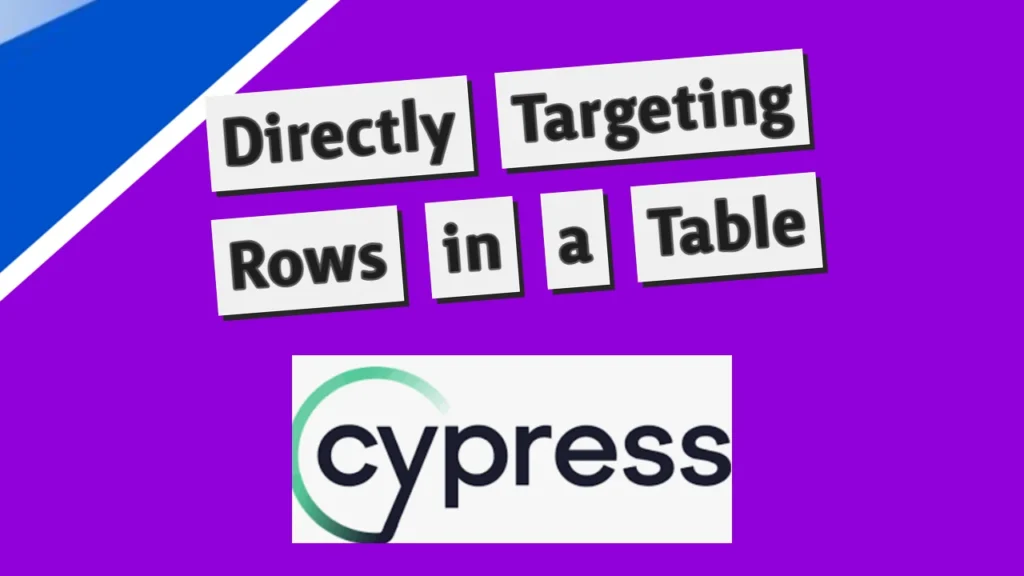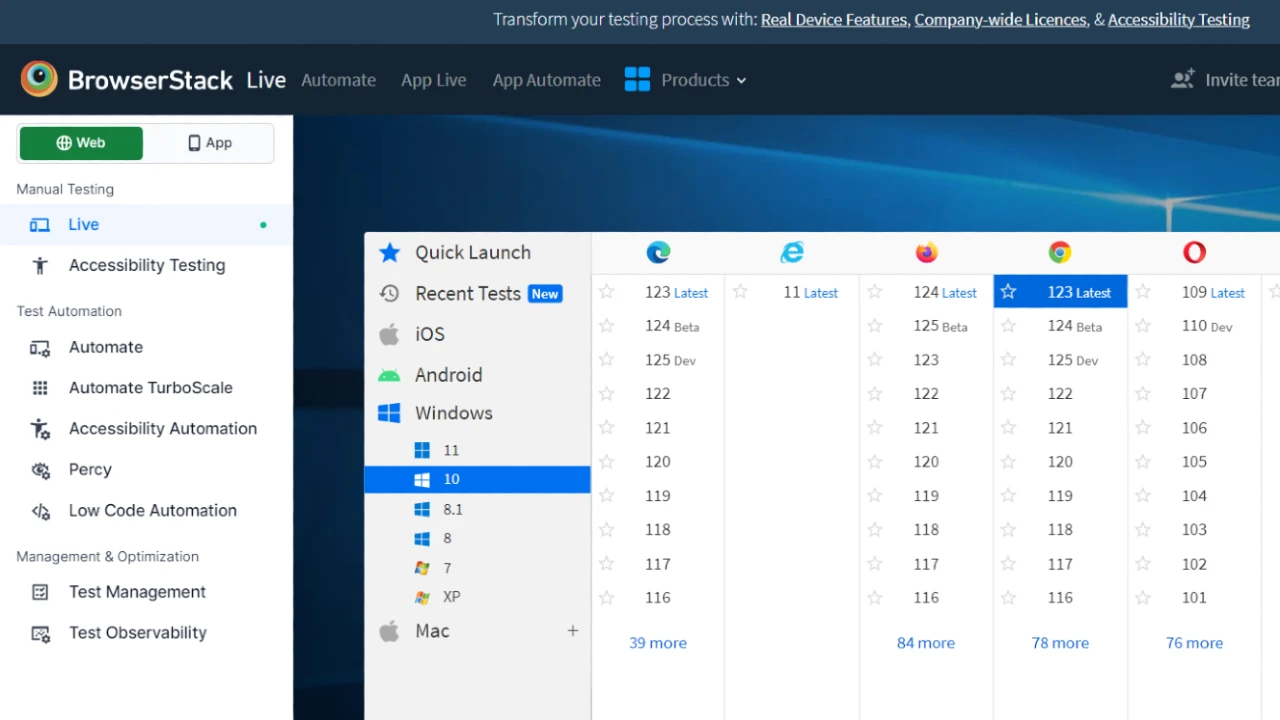Iterating over table rows to find a specific cell value can sometimes lead to errors and inefficiencies when writing end-to-end tests using Cypress. This issue becomes evident when the value you’re looking for isn’t present in every row, causing your test to fail repeatedly. Let’s explore an example of such a scenario and how to resolve it by directly targeting the rows containing the desired value.
Initial Code and the Problem
Consider the following initial code snippet, which attempts to locate a specific <td> element within a table and click an associated button:
const targetValue = 'komal';
// Identify the table
cy.get('.MuiTable-root').first().within(() => {
cy.get('.MuiTableBody-root').within(() => {
// Iterate over each row
cy.get('tr').each(($row) => {
// Check if the row contains the specific td value
cy.wrap($row).within(() => {
cy.get('td').contains(targetValue).then(($td) => {
if ($td.length > 0) {
// The row contains the specific td value, so click the icon in this row
cy.get('svg.MuiSvgIcon-root').click(); // Adjust the selector to match your icon
}
});
});
});
});
});This code iterates over each row in the table and checks if it contains the value ‘komal’ in any <td>. If it does, it clicks an icon in that row. However, this approach has a significant flaw: it fails if the value isn’t found in the first few rows, causing unnecessary iterations and potentially missing the target value altogether.
Solution: Directly Targeting the Row
A more efficient and robust solution involves directly targeting the row that contains the specific value, eliminating the need for iteration. Here’s how you can do it:
- Use
.contains()to find the row containing the specific value. - Narrow down the scope to the desired row and perform the required action.
Simplified Approach
Here’s a simplified approach to achieve the same functionality:
cy.get('table').first().within(() => {
cy.get('tr').contains('komal') // Finds the <td> containing 'komal'
.parent('tr') // Gets the parent <tr>
.within(() => {
cy.get('td').first().within(() => {
cy.get('button').first().click(); // Clicks the first button in the row
});
});
});This code directly searches for the row containing ‘komal’, narrows down to that row, and clicks the first button found within that row. This approach is more efficient as it avoids unnecessary iterations over rows that do not contain the target value.
Optimized Version
An even more concise version can be achieved by combining within and find:
cy.get('table').first().within(() => {
cy.contains('tr', 'komal') // Finds the <tr> containing 'komal'
.within(() => {
cy.get('td').first().within(() => {
cy.get('button').first().click(); // Clicks the first button in the row
});
});
});Or, using find for a more streamlined query:
cy.get('table').first()
.contains('tr', 'komal') // Finds the <tr> containing 'komal'
.find('td').first() // Finds the first <td> in the row
.find('button').first().click(); // Clicks the first button found within the <td>Explanation
.contains('tr', 'komal'): This command searches for a<tr>that contains the text ‘komal’. It returns the entire row (<tr>) instead of just the<td>containing the text..find('td').first(): This narrows the search to the first<td>within the found<tr>..find('button').first().click(): Finally, it clicks the first button within that<td>.
Advantages of the Direct Approach
- Efficiency: The direct approach avoids unnecessary iterations over rows that do not contain the target value.
- Readability: The code is more readable and easier to understand.
- Reliability: The test is less prone to errors since it directly targets the element containing the desired value.
Conclusion
When working with Cypress to automate table tests, optimizing your approach to locating elements is crucial. Iterating over each row can lead to inefficiencies and errors, especially when the target value is sparse or not uniformly distributed. You can write more efficient, readable, and reliable tests by directly targeting rows containing the specific value. The examples demonstrate how to transform a cumbersome iterative approach into a sleek, efficient query that achieves the same goal with greater precision and clarity.
By adopting these practices, you can improve the performance and maintainability of your Cypress tests, ensuring they are robust and easy to manage.




